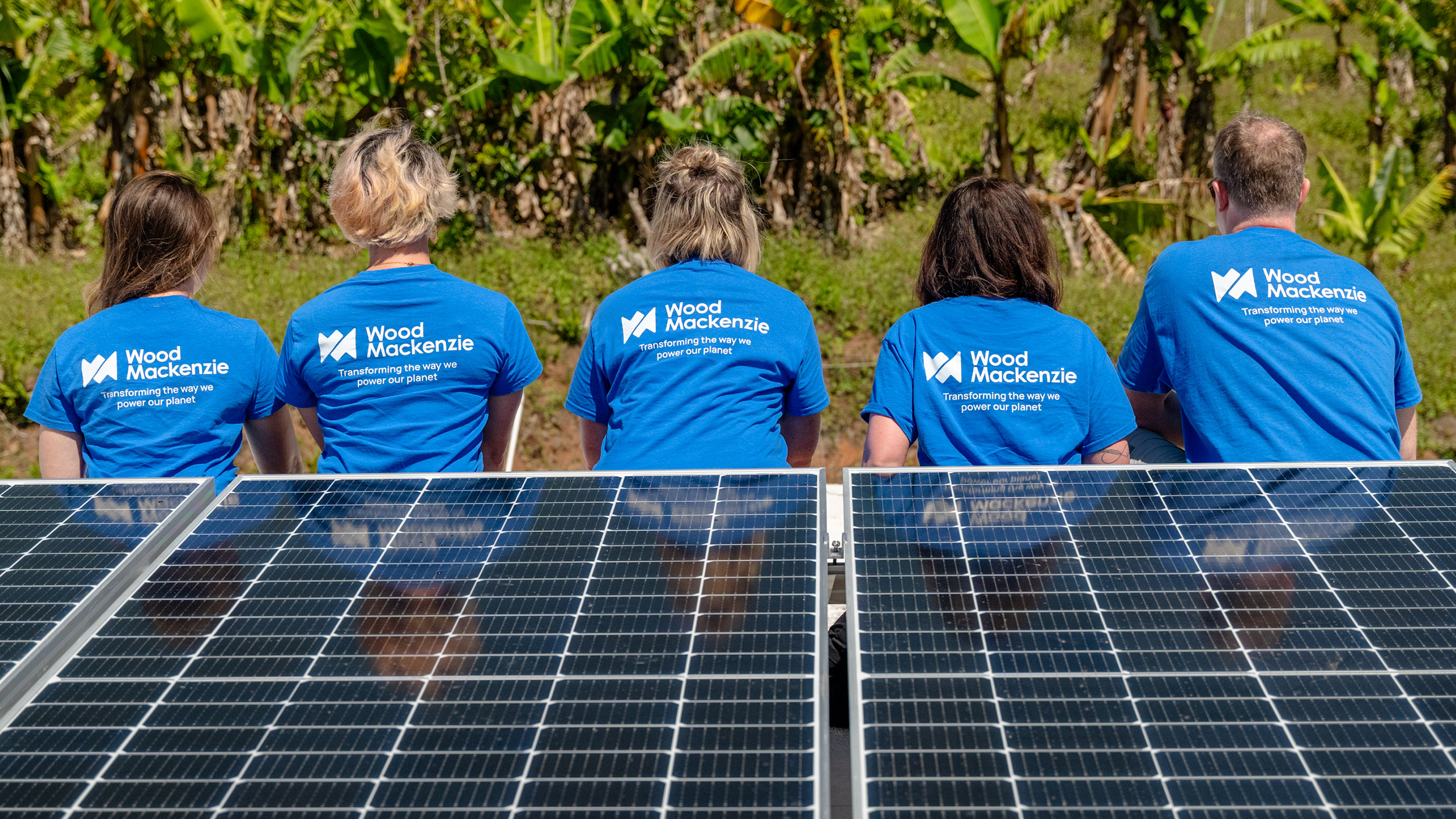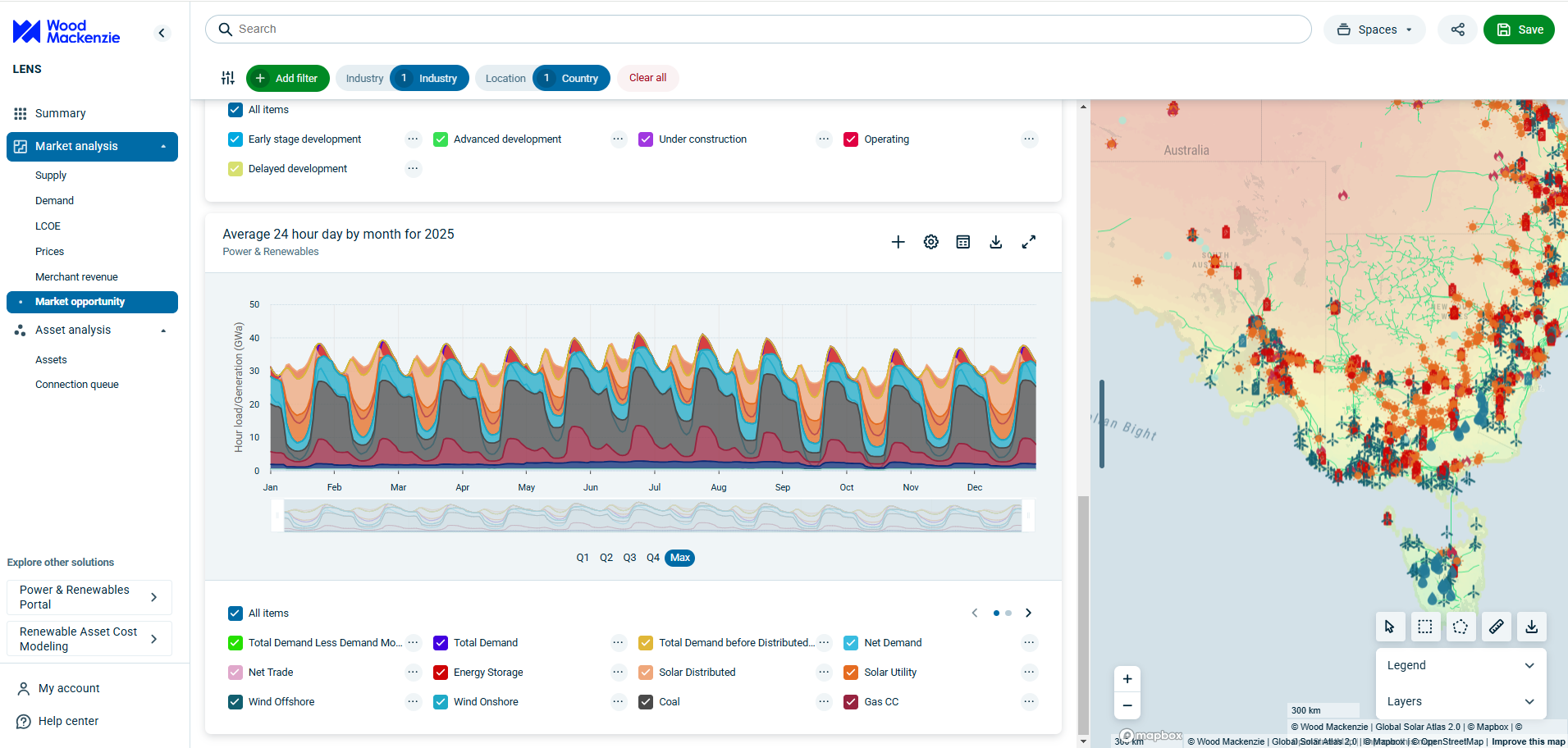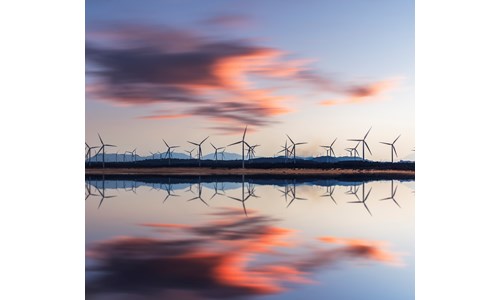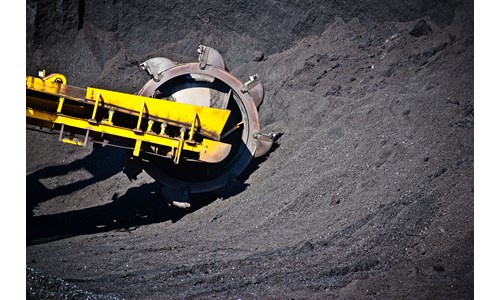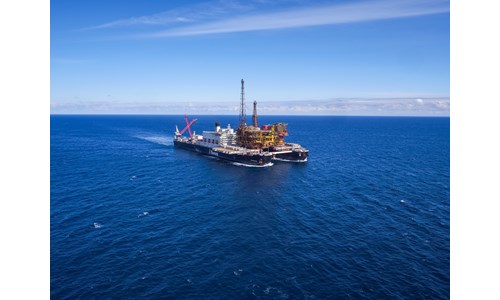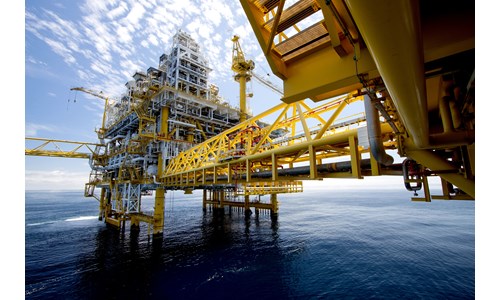Northeast power markets long-term outlook H1 2019: Who's the greenest? Accelerated state plans for renewables pressure prices
This report is currently unavailable
*Please note that this report only includes an Excel data file if this is indicated in "What's included" below
Report summary
Table of contents
- North American power demand finished 2018 as the strongest year for growth in a decade. This is largely attributed to a number of things such as strong economic growth, a wave of new energy intensive projects beginning operation and more extreme weather. However, demand this year has been more contained as most markets are now trending negative YOY due to much milder weather.
- Future demand trends remain heavily leveraged to new energies like energy efficiency, distributed generation and electric vehicles which are expected to account for a fifth of electric demand in 2040. As step function efficiency gains begin to moderate, early signs of an expected demand recovery are now emerging.
- Still, the days of 1% p.a. plus growth are not likely to return on a countrywide basis. At least until new end use electrification starts to take off.
- Natural gas market shows resilience in the face of associated gas although price forecast projects lower overall vs H2 2018 in the long term
- This outlook continues to assume a federal carbon price in the US starting 2028. This will also serve as a backstop floor price for all states under regional programs in the future.
- More regions and states are looking to price carbon or increase carbon targets in the absence of federal legislation including New Jersey into RGGI. All Canadian provinces are subject to a carbon price starting 2019 based on provincial policies or federal backstop prices.
-
Renewables, storage & hybrid technologies
- (Renewables include utility scale and distributed solar + onshore and offshore wind)
- While utility scale solar and wind are expected to dominate renewable generation, emerging technologies are set to radically increase their market share. Residential and commercial solar is expected to account for 30% of all solar generation in 2040, doubling from today's level. Offshore wind accounts for 20% of wind generation by 2040, up from negligible levels today.
- Utility scale solar
- Residential Solar
- Non-Residential Solar
- Onshore Wind
- Offshore Wind
- 3 more item(s)...
Tables and charts
This report includes the following images and tables:
- Figure 1: H1 2019 vs H2 2018 forecast henry hub price
- Figure 3: Battery Cost Forecast
- Figure 2: LCOE ($/MWh) forecast for various technologies
What's included
This report contains:
